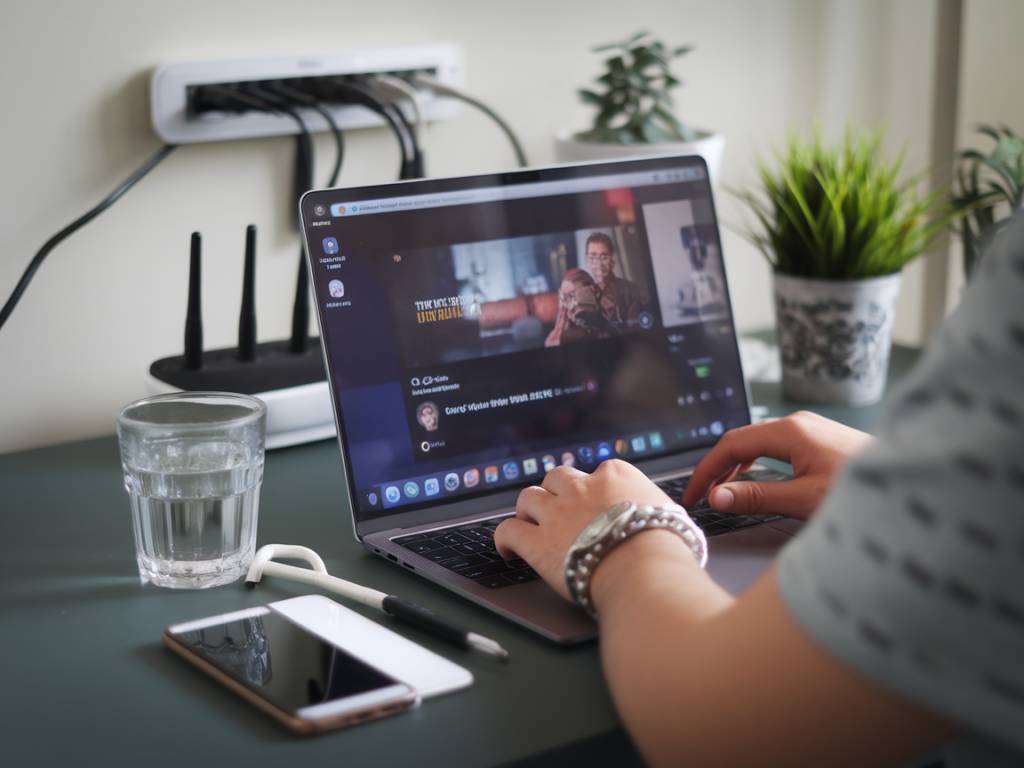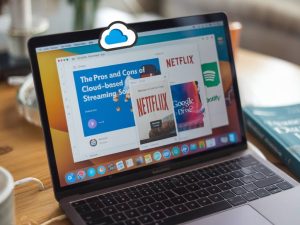How to optimize your internet connection for seamless video streaming

How to optimize your internet connection for seamless video streaming
Streaming video content has become a fundamental part of our daily lives thanks to the advent of platforms like Netflix, YouTube, and Amazon Prime Video. However, experiencing buffering or lag can turn a relaxing movie night into a frustrating ordeal. Understanding how to optimize your internet connection for seamless video streaming is crucial if you want to enjoy high-definition content without interruptions. Here’s how you can do it.
Understand Your Internet Speed Requirements
The first step in optimizing your internet connection for video streaming is understanding your speed requirements. Different streaming platforms have various recommendations for smooth video playback.
- SD Quality (480p): 3 Mbps
- HD Quality (720p): 5 Mbps
- Full HD Quality (1080p): 10 Mbps
- 4K Quality (2160p): 25 Mbps or higher
To check your current internet speed, you can use tools like Speedtest by Ookla or Fast.com by Netflix. If your speed does not meet these recommendations, it might be time to consider upgrading your internet package.
Choose the Right Internet Plan
Many people are unaware that different internet service providers (ISPs) offer varying speeds and reliability. When choosing an internet plan, consider the following:
- Download Speed: This affects how quickly you can retrieve content. Higher speeds are better for streaming.
- Upload Speed: Important if you’re streaming live video or uploading videos to platforms like YouTube.
- Data Caps: Some ISPs have data limits that, when surpassed, throttle your internet speed.
Ensure you select a plan that not only meets but exceeds your streaming needs, especially if multiple devices will be using the internet simultaneously.
Optimize Your Wi-Fi Connection
Wi-Fi is usually the bottleneck for home internet connections. Here are some ways to improve your Wi-Fi signal for flawless video streaming:
- Router Placement: Place your router in a central location in your home, away from walls and obstacles.
- Update Firmware: Regularly update your router’s firmware to ensure it is running efficiently.
- Dual-Band Routers: If available, use the 5GHz band instead of the 2.4GHz band for higher speeds and less interference.
- Wi-Fi Extenders: Invest in extenders or mesh Wi-Fi systems to eliminate dead zones in your home.
Use Ethernet for Critical Devices
While Wi-Fi is convenient, it is not always the most reliable. If possible, use an Ethernet cable to connect devices directly to your router. This is especially recommended for streaming devices such as smart TVs, gaming consoles, and desktop computers. A wired connection ensures consistent speed and lowers latency, which is critical for streaming high-definition video content.
Quality of Service (QoS) Settings
Modern routers offer Quality of Service (QoS) settings that allow you to prioritize bandwidth for specific devices or applications. For instance, you can configure your router to give higher priority to your smart TV or streaming device over other activities in your home. This can be particularly useful in households with multiple users and devices, ensuring that your video streaming gets the bandwidth it needs.
Upgrade Your Hardware
Sometimes, the bottleneck might be your hardware rather than your internet connection. Consider the following upgrades to enhance your streaming experience:
- Router: Upgrading to a newer router with advanced features like MU-MIMO can significantly improve performance.
- Streaming Devices: Ensure your streaming devices and smart TVs are up-to-date and support the latest streaming standards.
- Network Switch: If you have multiple wired devices, a network switch can help manage traffic more efficiently.
Reduce Network Traffic
Streaming video requires a stable and fast internet connection. To ensure this, try to minimize other bandwidth-intensive activities while streaming. For instance, avoid large file downloads, online gaming, or cloud backups during your movie time. Additionally, close any background applications on devices that may consume bandwidth unnecessarily.
Consider a VPN If Necessary
While Virtual Private Networks (VPNs) can sometimes slow down your internet speed, they can also offer better performance depending on your ISP. Some ISPs throttle streaming services, and a VPN can bypass these restrictions, offering a more stable connection. Always choose a high-speed, reliable VPN service to ensure optimal performance.
Regularly Restart Your Modem and Router
A simple yet effective way to maintain a healthy internet connection is by regularly restarting your modem and router. This can help clear any temporary issues, refresh the connection, and improve overall performance. Aim to restart your equipment at least once a month, or whenever you notice a significant slowdown.
Check for Interference
Other electronic devices can interfere with your Wi-Fi signal, including microwaves, cordless phones, and baby monitors. Try to keep your router away from such devices, or better yet, use wired connections for critical devices.
Adjust Streaming Quality
If you’re still experiencing issues despite maximizing your internet speed and optimizing your setup, consider adjusting the streaming quality settings. Most streaming platforms allow you to reduce the video quality to ensure smoother playback. While this might mean sacrificing some visual fidelity, it can significantly reduce buffering and lag.
Contact Your ISP
If all else fails, it might be time to contact your Internet Service Provider. Explain the issues you’re experiencing and see if they can offer a solution. They might upgrade your current plan or provide technical support to resolve connectivity problems.
Optimizing your internet connection for seamless video streaming involves a mix of understanding your requirements, choosing the right plan, and making necessary hardware and configuration adjustments. By following the steps outlined above, you can significantly enhance your streaming experience and enjoy uninterrupted high-definition content in the comfort of your home.





